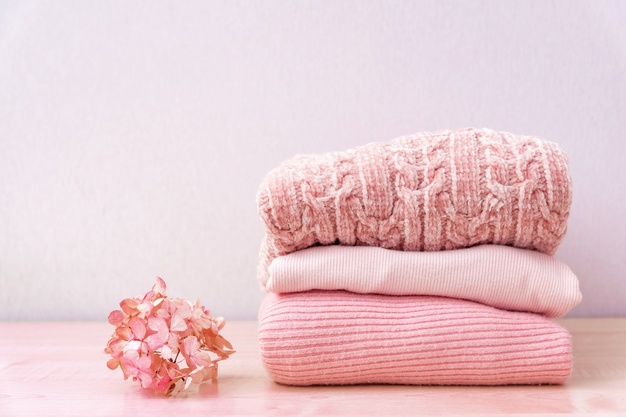The laundry can always be contaminated with various sorts of germs, from bodily fluids to food debris, all of which can be a source of pathogenic bacteria, fungi and viruses. Environmental microbiologists as well as public health researchers have recently held a workshop with a panel of laundry cleaning and sanitization experts to review the current knowledge and science surrounding laundry best practices. There have not been a lot of scientific guidelines or best practices to understand how to safely tackle the household laundry. But there are several steps you can take to reduce the risk of getting sick via those bacteria.
Can clothes and towels spread germs?
Yes, clothes and towels can spread germs. Cleaning and laundry play a huge role in being healthy. There are 3 main ways that germs are spread by clothes and towels:
- when clothes are washed, germs can spread between items in the process of being washed
- when towels or bedlinen are used by more than 1 person germs can spread between them
- when someone handles dirty laundry they can spread germs onto their hands
How do germs get onto clothes and towels?
Germs on clothes and towels are often harmless, but some can cause infection, particularly in people with skin problems or wounds. Most germs cannot penetrate through normal skin but may harmlessly colonize it. Underwear is more likely to have germs on it than outer clothing like jumpers or trousers.
However, you can also pick up germs on your outer clothes. Germs can get onto outer clothing if you handle contaminated food or brush against a soiled object.
Does a normal wash cycle kill germs?
A normal wash cycle, combined with the use of a deep-cleaning detergent, is sufficient for everyday cleaning in healthy households and also very effective for killing respiratory viruses that cause colds, flu, and COVID-19.
During cleaning and laundry procedures water temperature is quite essential. Generally, higher water temperatures kill more germs. If someone in your family is ill, clothes should be washed at the highest temperature recommended by the label. If washing in hot water is not an option, deep cleaning detergents provide adequate protection from COVID-19, cold, and flu viruses.
If someone is sick in the household, we need to take extra precautions.
Soiled clothes or bedding from an ill individual should be washed as soon as possible. You should wear disposable gloves when handling contaminated laundry and don’t shake the laundry. The idea here is to avoid spreading the contamination to your hands or other surfaces in your home. You can do cleaning and laundry for someone with a respiratory infection, including COVID-19, with other family members’ items. But if someone has the stomach flu or has a weakened immune system, those items should be washed separately from other family members’ items.
Washing high-risk items
Even every day quick laundry can bring up some health issues. If the items you are washing are likely to cause illness (high risk), they should be washed at 60C with a bleach-based product. Items are likely to cause illness if you have someone in your home who has an infectious illness.
The following items are also high risk:
- clothes soiled with vomit or poo, sports clothes
- clothes used in food preparation
- healthcare workers’ uniforms, shared towels
- clothing is worn over a wound or infected skin
- farmers’ clothing, especially during lambing season
You can protect yourself by looking for “wash and fold laundry service near me” or “laundry wash near me” on your search engine. If you decide to handle it yourself, wear gloves and always wash your hands thoroughly afterward.
Is sanitizing the washing machine necessary?
In case you avoid searching for “wash and fold laundry service near me” and want to do it all by yourself, sanitize your washing machine. It is a good idea to clean and disinfect the clothes hamper and other surfaces like countertops that are in contact with soiled laundry, especially when illness occurs, and if you plan to transport clean laundry in the same hamper.



